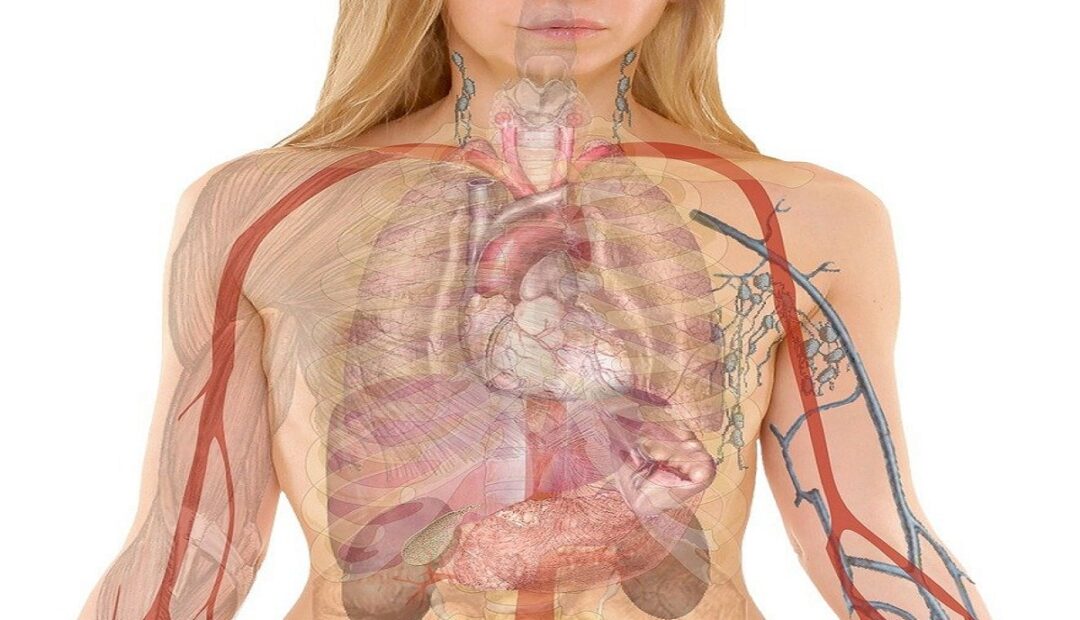BETTER HEALTH: VECTORS, GOOD HEALTH & MICRO ORGANISMS
CONTROL OF HARMFUL MICRO-ORGANISMS The control of harmful microbes include removal, inhibition of growth or killing by physical agents/processes and chemical agents or antibiotics. Some common methods of controlling harmful microorganisms in order to maintain good health include High and low temperature: Boiling or heating of food, pasteurization of milk, sterilization of medical instruments and […]
BETTER HEALTH: VECTORS, GOOD HEALTH & MICRO ORGANISMS Read More »
